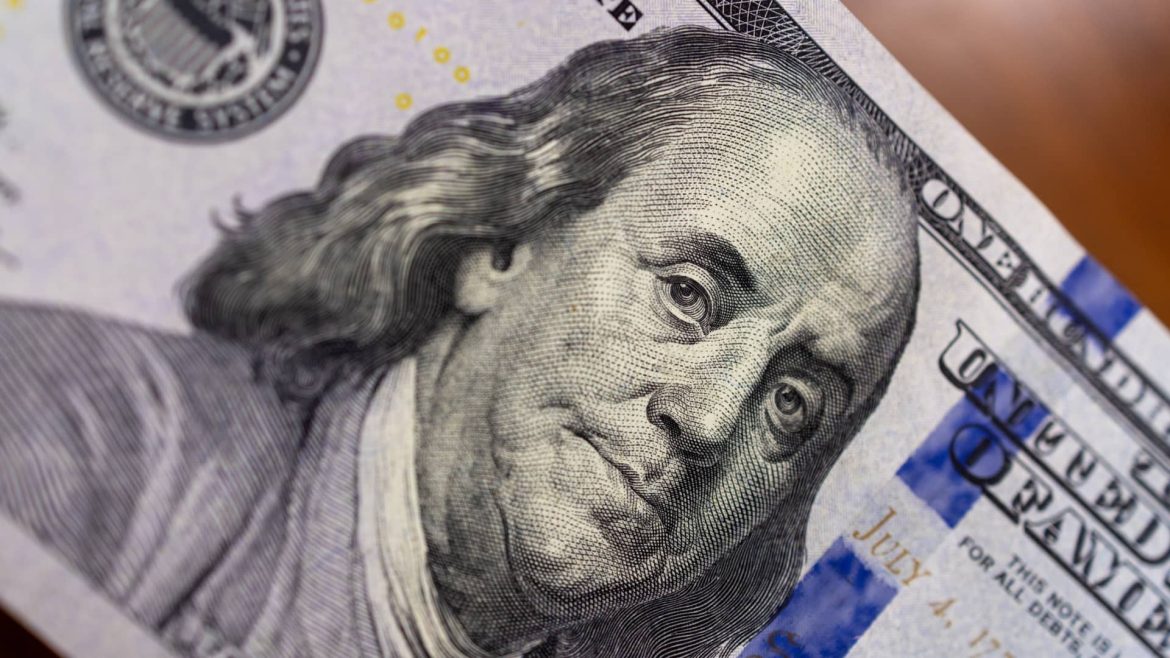The gradual shift in Southeast Asia and broader Asian economies away from the U.S. dollar toward alternative currencies, most notably China’s renminbi (RMB), signals a profound reconfiguration in the region’s financial architecture with wide-ranging implications.
The Context and Drivers of De-Dollarization in Asia
Historically, the U.S. dollar has dominated as the primary reserve currency and medium of international trade settlement, especially in Asia, owing to the relative stability and size of the U.S. economy. However, a complex interplay of geopolitical tensions, monetary policy divergences, and strategic economic considerations is fueling a gradual “de-dollarization.” Southeast Asian countries and major Asian economies now actively consider diversifying away from the dollar to reduce vulnerabilities tied to U.S. monetary policy shifts, trade uncertainties, and political friction.
Several factors are pivotal in accelerating this shift:
– Geopolitical Uncertainties: Rising Sino-American trade tensions and broader geopolitical frictions have motivated Asian countries to hedge exposure to dollar volatility and potential sanctions or trade barriers.
– Monetary Policy Divergence: The Federal Reserve’s interest rate policies often contrast with those of Asian central banks, influencing currency valuations and creating incentive structures for diversification.
– Currency Hedging and Financial Market Demand: Regional banks and institutional investors increasingly seek RMB-denominated currency derivatives and swap arrangements to manage FX risks without relying exclusively on the dollar.
– Growth of Regional Cooperation Frameworks: Mechanisms like the Chiang Mai Initiative Multilateralisation (CMIM), involving ASEAN, China, Japan, and South Korea, facilitate currency swaps and joint financial stability measures outside dollar reliance.
Southeast Asia’s Calculated Move Toward the Renminbi
Southeast Asia’s incremental pivot toward the RMB exemplifies active, deliberate diversification. Countries within ASEAN are converting accumulated foreign exchange (FX) deposits away from USD holdings since 2022, a trend expected to gain momentum. The use of RMB is increasing not only in bilateral trade settlement but also in financial reserves and investment portfolios. This shift is part of a broader regional strategy to strengthen monetary autonomy and integrate more tightly with China’s growing economic influence.
Malaysia’s discussions regarding an “Asian Monetary Fund” and coordinated efforts to reduce dependency on the greenback highlight a shared regional vision for currency resilience. Though these initiatives remain in preliminary phases, they reflect a growing dissatisfaction with the traditional dollar-centric system and a desire for alternative financial architectures that correspond with new geopolitical realities.
Historical Lessons and Future Risks
The 1997 Asian financial crisis serves as a cautionary backdrop. The crisis was amplified by excessive dollar-denominated debt and sudden capital flight, underscoring the risks of dollar dominance. Since then, Asian economies have prudently sought to bolster financial buffers, diversify currency exposures, and deepen regional financial cooperation to avert repeat vulnerabilities.
Still, the shift away from the dollar is complex and subject to significant constraints:
– Dollar’s Enduring Role: Despite the move toward de-dollarization, the dollar remains deeply entrenched in trade invoicing, financial markets, and global reserves. The dollar index continues to exhibit strength relative to several Asian currencies, though fluctuations persist.
– Renminbi Internationalization Limits: While China promotes the RMB’s global use, capital controls, regulatory opacity, and ongoing political-economic challenges limit its immediate substitute potential.
– Market Volatility and Transition Risks: Rapid changes in currency preferences can generate market disruptions. Sudden RMB appreciation or depreciation can affect export competitiveness and financial stability in the region.
Broader Implications for Global Finance and Power Dynamics
The gradual erosion of dollar supremacy in Asia could recalibrate international financial flows, reserve currency composition, and strategic economic alignments. If Asia reduces its reliance on the dollar, the U.S. may face diminished leverage in setting global economic rules, while China’s economic diplomacy and monetary influence strengthen.
This “divorce” from the dollar is not an abrupt severance but a protracted transition marked by incremental adjustments in trade settlement practices, reserve management, and regional financial infrastructures. It signals a slow but steady repositioning of global economic power that reflects shifts in geopolitical realities and market preferences.
—
Concluding Reflections: The Dawn of a Multipolar Currency Order?
Asia’s shift away from the U.S. dollar, especially in Southeast Asia, is gathering pace amid shifting geopolitical and economic landscapes. This evolving dynamic reflects a strategic effort by Asian nations to gain greater financial autonomy, hedge against external shocks, and reconfigure regional economic ties more favorably.
While the dollar remains a dominant actor, its monopoly is increasingly contested by the renminbi and emergent regional monetary frameworks. Southeast Asia’s quiet revolt against dollar dependence may herald a future global monetary order that is more multipolar, diversified, and resilient—altering the very foundations of how cross-border trade and finance operate in the 21st century.





